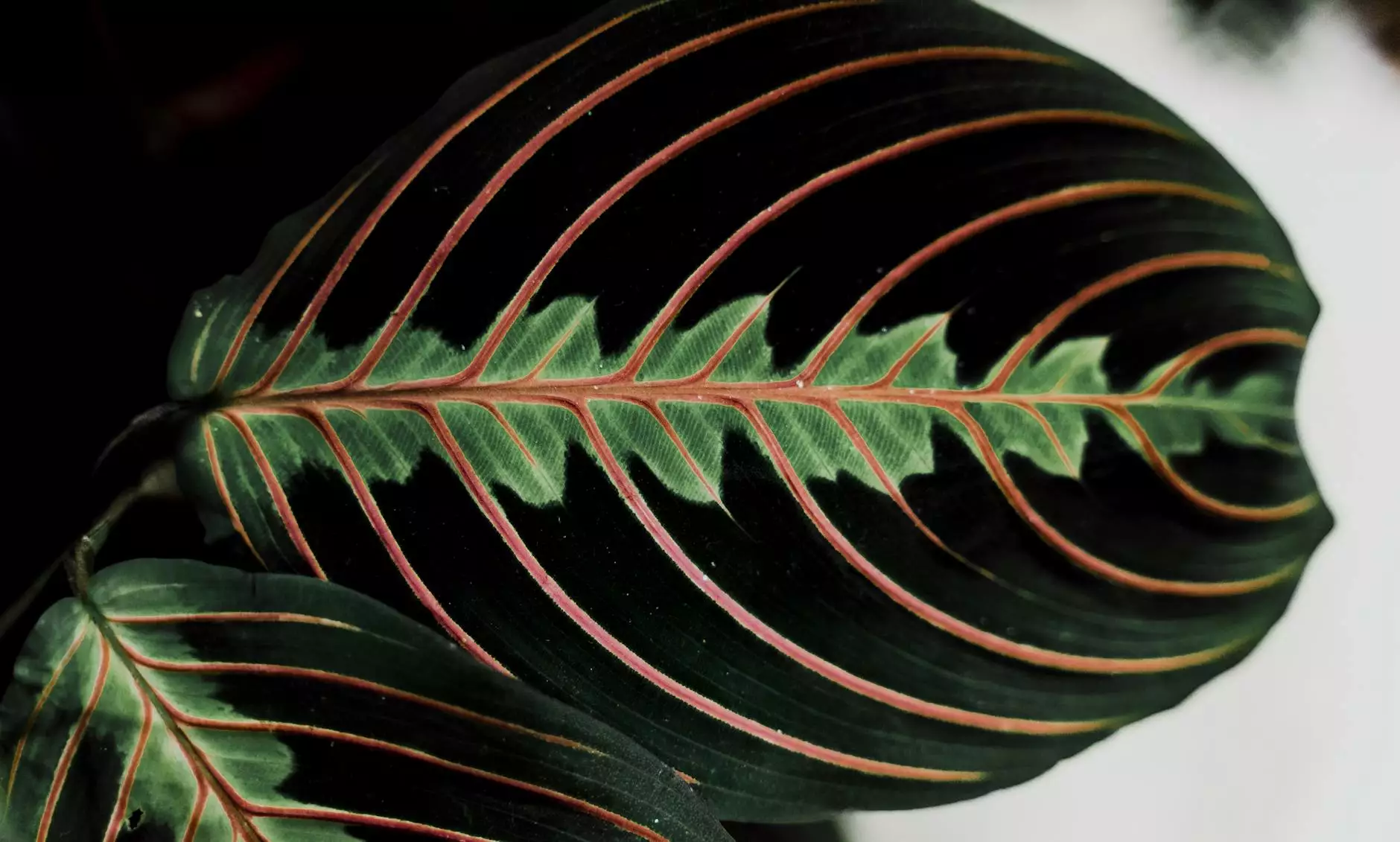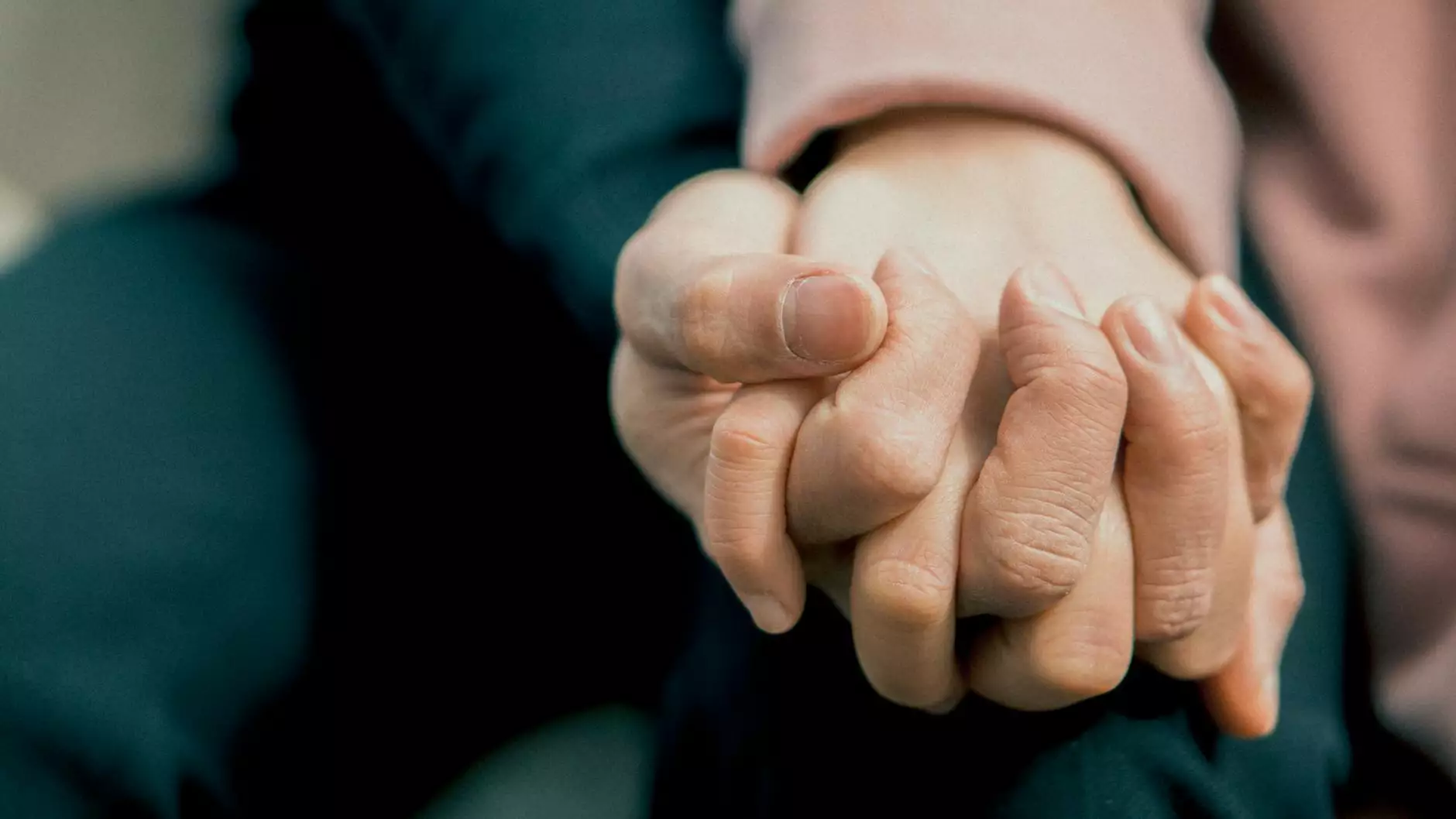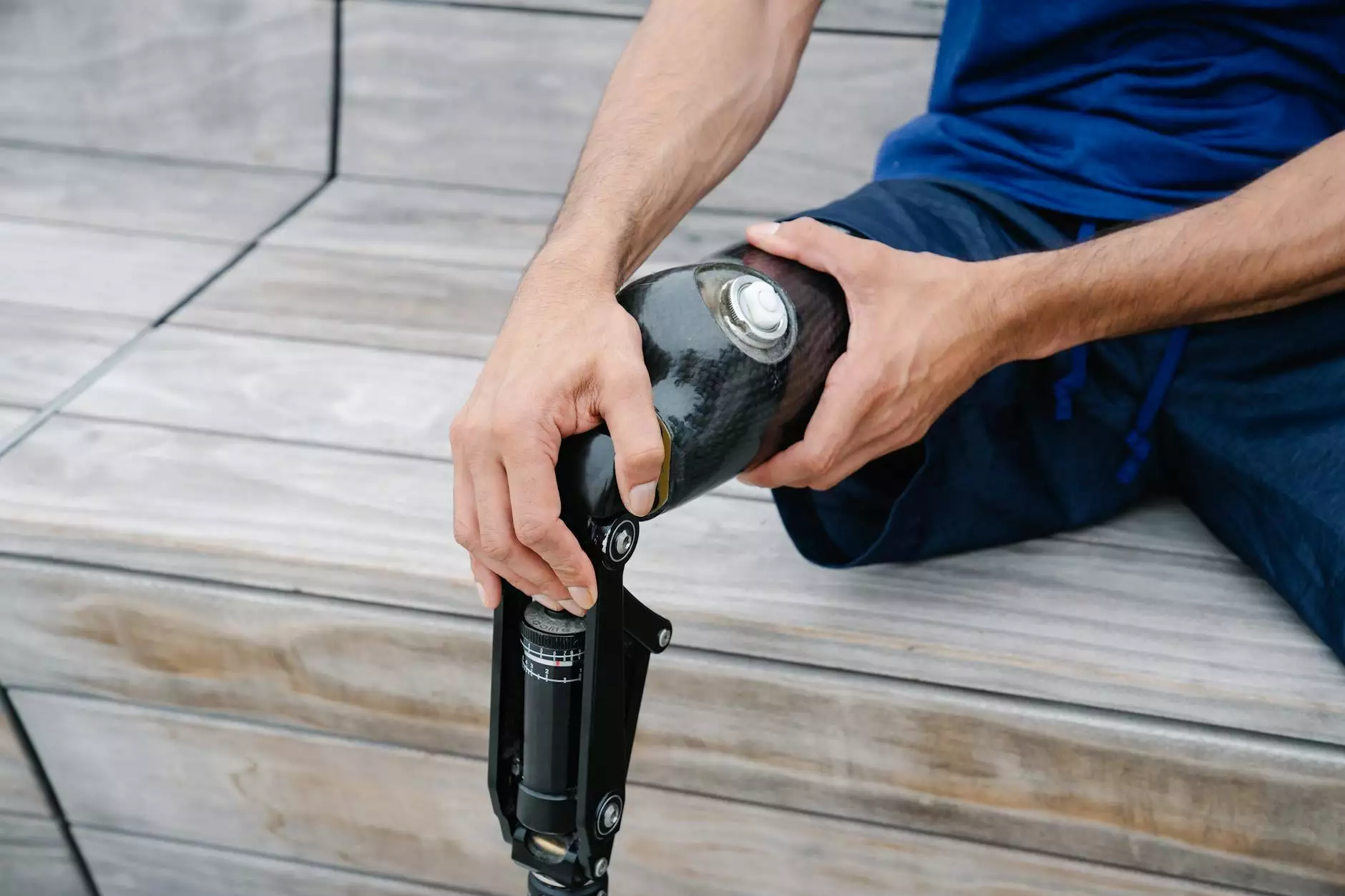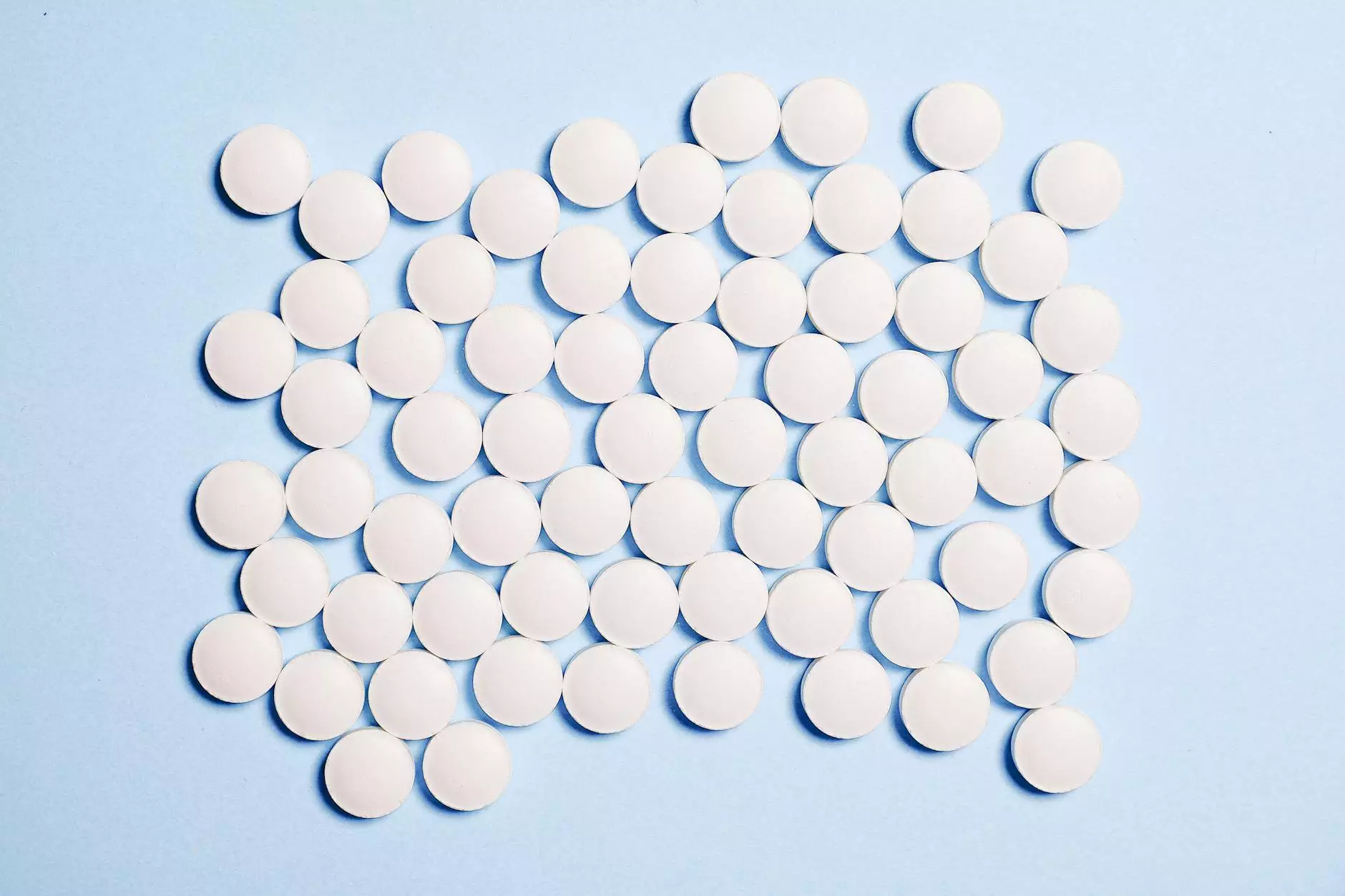Understanding Varicose Veins: Causes, Symptoms, and Treatments

Varicose veins are a common vascular condition impacting millions of adults globally. While often perceived as merely a cosmetic issue, these twisted and enlarged veins can pose significant health risks and discomfort. This article will delve into the complexities of varicose veins, discussing the causes, symptoms, effective treatments, and preventive measures to help you maintain optimal vascular health.
What are Varicose Veins?
Varicose veins are enlarged veins that typically appear swollen, twisted, and blue or dark purple in color. They commonly occur in the legs and feet, as the pressure on the veins increases with standing and walking. Although they often remain asymptomatic, they can lead to various complications if left untreated.
Causes of Varicose Veins
The development of varicose veins is fundamentally linked to faulty valves within the veins. Understanding the contributing factors can help individuals recognize their risks. Here are the primary causes:
- Genetic Predisposition: A family history of varicose veins greatly increases one's risk.
- Age: As we age, the elasticity of our veins decreases, causing them to stretch and bulge.
- Gender: Women are more likely to develop varicose veins due to hormonal changes during pregnancy, menstrual cycles, or menopause.
- Obesity: Excess weight puts pressure on the veins, contributing to poor circulation.
- Sedentary Lifestyle: Prolonged periods of standing or sitting can hinder blood flow and worsen venous health.
- Pregnancy: During pregnancy, the volume of blood in a woman’s body increases, which can lead to the enlargement of veins.
Recognizing the Symptoms of Varicose Veins
Identifying varicose veins early can help in mitigating symptoms and preventing complications. Common symptoms include:
- Visible Veins: The most apparent symptom is the appearance of swollen, twisted veins on the surface of the skin.
- Pain or Discomfort: Aching, heaviness, or discomfort in the legs, particularly after standing for long periods.
- Swelling: Feet and ankles may swell, particularly after prolonged periods of inactivity.
- Itching: The skin surrounding the varicose veins may feel itchy or irritated.
- Skin Changes: Over time, the skin over varicose veins can become discolored, and in some cases, ulcers may develop.
Complications Associated with Varicose Veins
While varicose veins may seem harmless, they can lead to serious complications, such as:
- Venous Insufficiency: Severe varicose veins can affect blood circulation, leading to chronic venous insufficiency.
- Blood Clots: There is a risk of deep vein thrombosis (DVT), a condition where blood clots form in the veins, often requiring immediate medical attention.
- Skin Ulcers: Poor circulation can lead to painful skin ulcers near the ankles, requiring medical intervention.
Advanced Treatments for Varicose Veins
At Truffles Vein Specialists, we offer a comprehensive range of treatments tailored to the needs of each patient. Below are some of the most effective treatments available:
1. Lifestyle Changes and Home Remedies
Making minor adjustments to your daily routine can significantly alleviate symptoms:
- Exercise: Regular physical activity, such as walking or swimming, can improve circulation.
- Weight Management: Maintaining a healthy weight reduces pressure on your veins.
- Compression Stockings: Wearing graduated compression stockings can help promote blood flow and reduce swelling.
2. Sclerotherapy
Sclerotherapy is a minimally invasive procedure where a solution is injected into the vein, causing it to collapse and fade from view. This treatment is suitable for smaller varicose veins and spider veins.
3. Endovenous Laser Therapy (EVLT)
Using laser technology, this procedure seals off varicose veins, which are then absorbed by the body. This outpatient treatment minimizes recovery time and discomfort.
4. Radiofrequency Ablation (RFA)
This technique uses heat generated by radio waves to close varicose veins. Similar to EVLT, RFA is effective for larger veins and involves a quick recovery.
5. Vein Stripping
For severe cases, vein stripping surgery may be necessary. The affected vein is surgically removed, although this is less common due to the advancement of non-invasive therapies.
Preventing Varicose Veins
Preventive measures are essential for maintaining vascular health and reducing the risk of developing varicose veins. Consider the following strategies:
- Stay Active: Regular exercise strengthens leg muscles and improves circulation.
- Avoid Standing or Sitting for Long Periods: If your job requires prolonged sitting or standing, take breaks to stretch or walk.
- Maintain a Healthy Weight: Keeping your weight in check reduces pressure on your veins.
- Elevate Your Legs: Elevating your legs can help reduce swelling and improve blood circulation.
When to Seek Professional Help
It’s crucial to consult a healthcare professional if you experience symptoms of varicose veins such as significant pain, swelling, or skin changes. Early diagnosis and treatment can prevent serious complications and enhance your quality of life.
Conclusion
Understanding varicose veins is essential for recognizing symptoms, seeking timely treatment, and implementing preventive measures. At Truffles Vein Specialists, our team of experts is dedicated to providing personalized care to ensure your vascular health. If you’re seeking more information or treatment options for varicose veins, don’t hesitate to contact us today. Together, we can help you achieve healthier, more beautiful legs.









